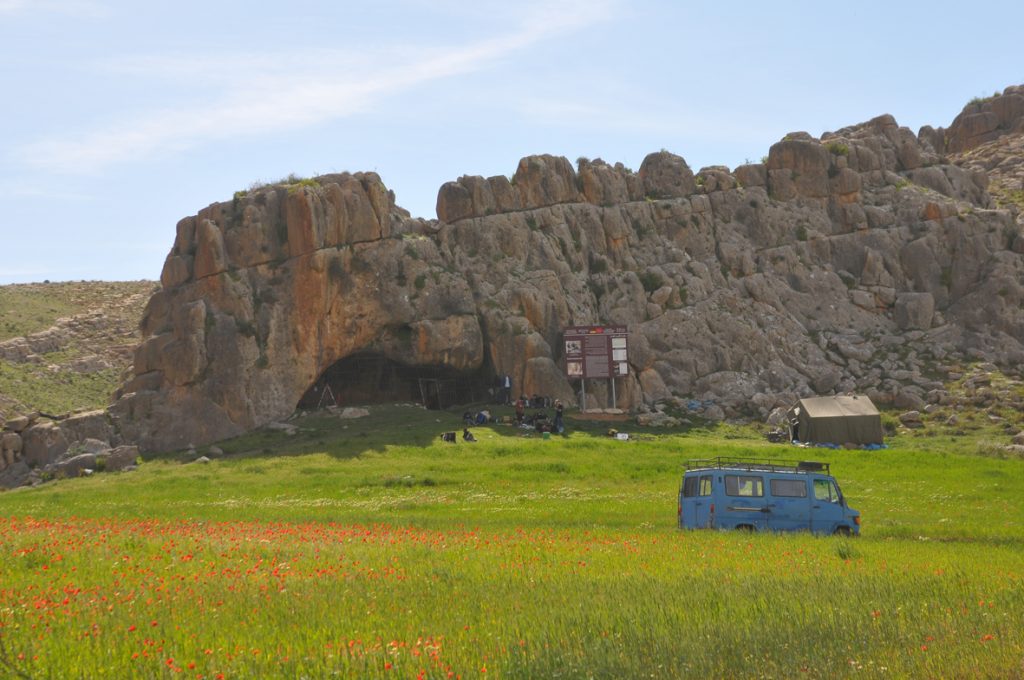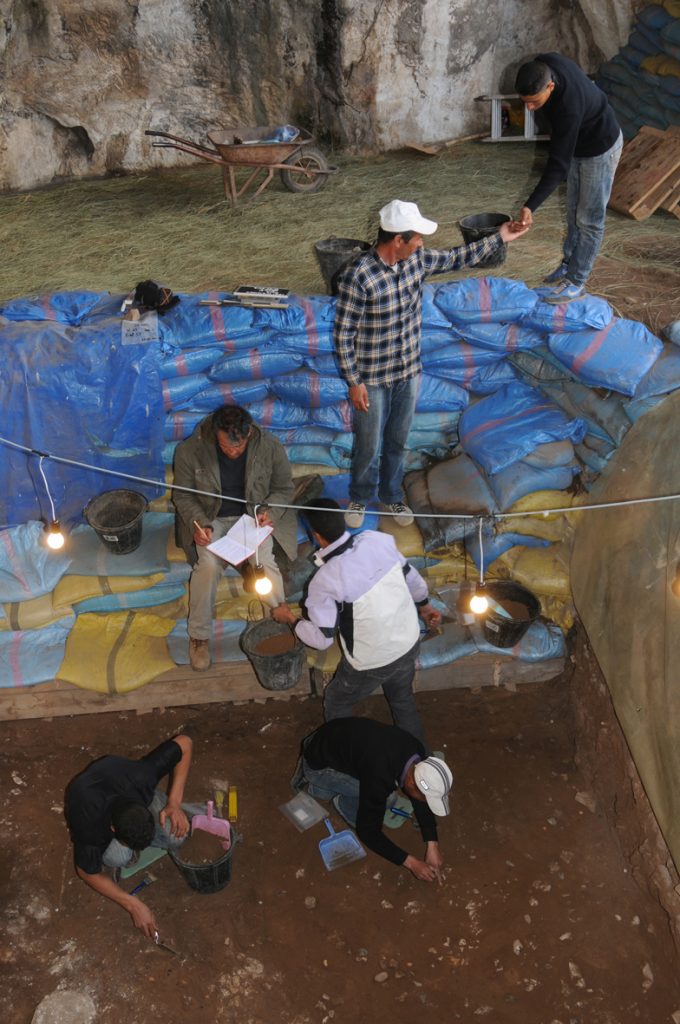Since 1995 the Commission for Archaeology of Non-European Cultures has been working with the Institut National des Sciences de l’Archéologie et du Patrimoine – Morocco’s antiquities authority – on research in the Eastern Rif. The Rif is a 350 kilometre long mountainous region belonging to the Atlas Mountains. It is made up of very disparate habitats extending from the Mediterranean coast to the pre-Sahara zone, in which many new Stone Age find-sites have been discovered and investigated. The results show a cultural sequence from earliest human history to the Islamic period, and create an archaeological basis on which interaction and cultural influence between the continents of Africa and Europe at this key interface can be evaluated. The project consequently plays an important role in the so-called “Out of Africa” debate. This is because modern humans from Africa who settled the world did not leave the continent only from the north-east and via the Arabian Peninsula. There was probably also a western contact zone.

A very notable find-site is Ifri n’Ammar, a cave in the Eastern Rif, which has turned out to be an archive of unimagined dimensions. The earliest evidence of occupation there goes back more than 180,000 years. But the finds themselves are remarkable too. Some small seashells with man-made perforations and traces of red mineral haematite paint are 83,000 years old – by far the oldest jewellery in human history. The snails were not only a decorative accessory, however. They presumably had a communicative function, too. Why else would these small and unremarkable-looking objects turn up all over Africa, from the entire Mediterranean coast down to the extreme south of the continent?

